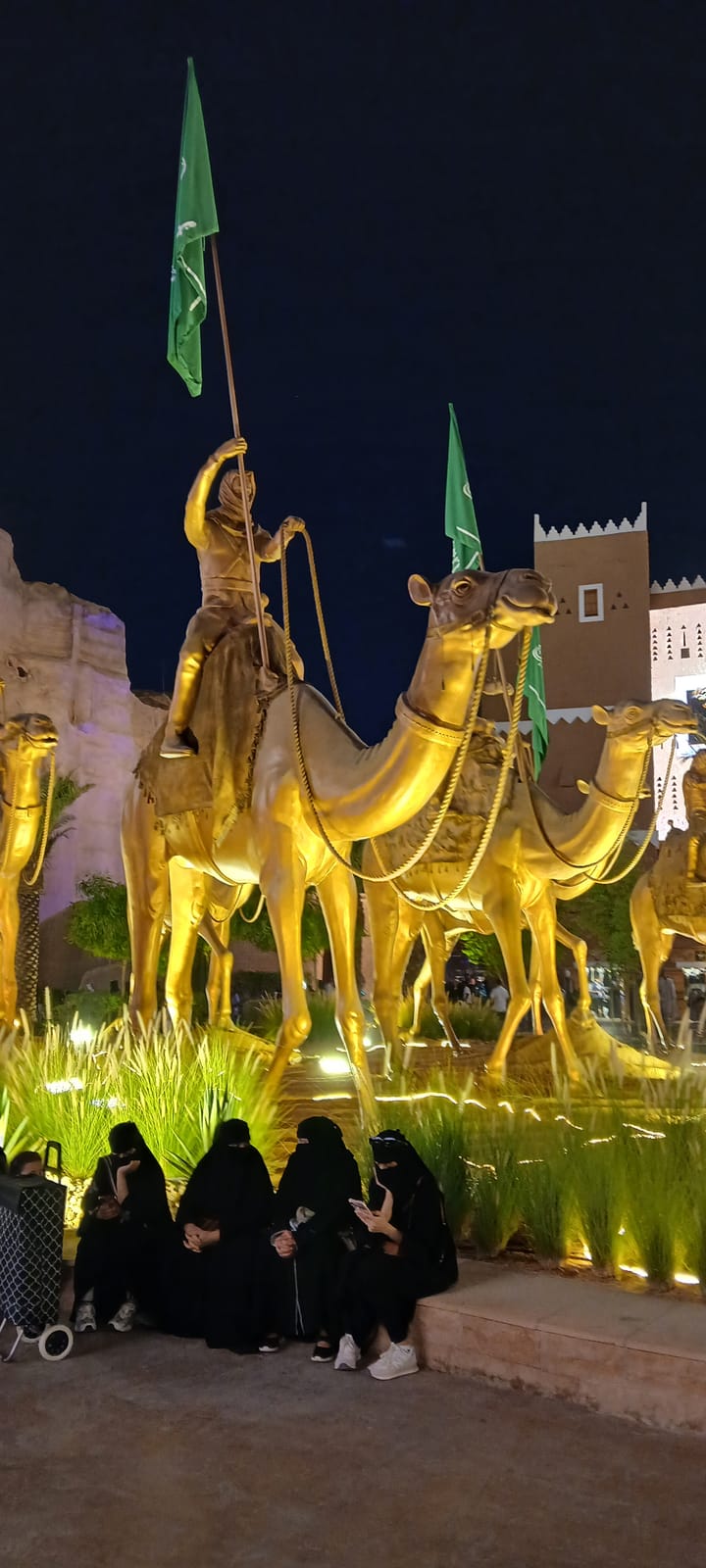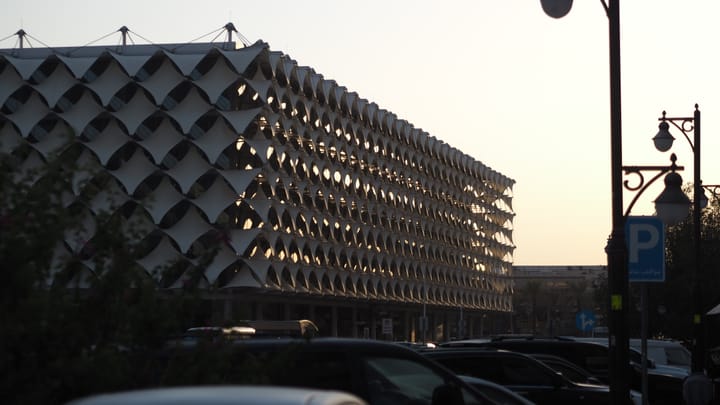Nouvelle Caledonie
We visit New Caledonia for New Years. Unlike Condy Rice, of whom a BBC correspondent, speaking from Jerusalem, said recently, “She’s coming so that she’s come, if you like,” we have an idea. We’re on holiday to discover something, tourists with time to detour.
It’s almost thirty years since I was last here, when I traveled with a bunch of legation kids under the auspices of Alliance Francais.
From back then, I remember being shocked to find at the bottom of the garden of the family with whom I stayed, a garden I was never meant to venture to the bottom of, the lady who did the cleaning with her family living in a small tin shack. They were preparing their evening meal.
The family who billetted me at weekends – during the week we stayed in an institutional dormitory that reeked of sour cabbage and sweet disinfectant – were white French, called with appreciable irony the Browns, les Bruns.
I was as shocked by the cleaning lady’s embarrassment at being discovered as I was at the existence of a colonial divide. I never mentioned it to Mme le Brun.
The commonplace about New Caledonia has it that the indigenous peoples, the Kanaks or Kanaky, have won some kind of reprieve from French colonialism, the hand of the French having been turned during the 1980s in a very French form of public action, manned barricades. Now the islands comprising New Caledonia are known as a TOM not a POM, that is, as a territory, Territoire, rather than a principality, Principalite, d’Outre Mer – a phrase with its own baggage, its own typicality.
We are struck by the visibility of the Kanak population and by its diversity. Another thing strikes us: a mood, an edge on the streets, to the streets. What is represented to us is one thing – an anti-French sentiment, however prevalent a general Frenchness – and what gets us and stimulates us to want to find out what’s really going on is our inability to read the street, to recognise in the faces either a desire to harm or help.
We are after all identified with the problem and its French solution: occupation and the maintainance of an economic underclass, the Kanaky, in which scheme tourism plays its part, supporting both local business and the status quo.
In this spirit, we are approached one day in the Place des Cocotiers by a Kanak man who has picked us for Australians. But what does he really want?
Edouard turns out to be neither Kanak nor to subscribe to the illusion of there being such a thing. He comes from the Loyalty Islands. During the ’80s he was imprisoned in Paris, where he studied, for voicing anti-French-government sentiment.
Let’s not say Kanak, he says. I tend to agree. I’ve read pamphlets and articles that state that there are sixty to eighty languages specific to these islands and their peoples.
I ask him why everything is so expensive. Globalisation, he says. Economic neocolonialism, I say. Of course it is, he says.
Why don’t the French simply leave? I ask. They’re in the minority.
Nickel, he says. For Airbus. The problems you see here are ten times worse back in France. What’s the solution? Independence. It may take ten, twenty or fifty years but it will come, he says.
So there’s another commonplace: the raping of New Caledonia’s mineral assets and their economic return is the reason the French remain. But under it is another reason: the replication of conditions of coloniality or neocolonialism-globalisation fracturing French society. However bad the political situation for the French is in the Pacific, it’s still warm here and preferable to experiencing the same symptoms back in France.
But the really curious thing is that when we ask Edouard what we should see while in New Caledonia his first advice is the same as that given by the tourist brochures. Tjibaou, Centre Culturelle.
Tjibaou, designed by Renzo Piano, is both a Pacific architectural and cultural landmark – in the colonial sense as well – and a memorial to Jean-Marie Tjibaou, a permanent exhibition to whose life-story occupies one of Renzo Piano’s beautiful rising weather-eaten hulls. There are ten of these impressive wooden structures, pictures of which do not convey the lack of structural integration with the main exhibition halls and foyers.
Tjibaou is a song of praise and encouragement to the idea of a distinctively New Caledonian culture – a culture of Kanaky. Designed by an Italian.
Jean-Marie Tjibaou, from the island of Lifou, was assassinated. The exhibition memorialising him has this strange elision: it does not state by whom he was assassinated.
Tjibaou, the man, is presented as a visionary, his vision being the integration of the indigenous peoples and cultures of New Caledonia under the collective title of ‘Kanaky’, an ideal. I can’t help thinking of Tjibaou and of the ideal of Kanaky as a compromise, of the acceptance of it in principle by the French as a mollifying gesture.
This is going on then. And I have this question: Is it actually incumbent on the dominant culture, the French in this case, to show a way forward? to perhaps lead with the example of a French Pacific culture? before there is even the possibility of – as it has been termed in New Zealand – a ‘renaissance’ (renaissances) in the culture of the indigenous peoples?


